Can Long Exposure Hurt Digital Camera?
Long exposure can potentially hurt a digital camera if it causes the camera's sensor to overheat. This can lead to image noise, reduced image quality, and even permanent damage to the sensor. However, most modern digital cameras have built-in safety features that prevent overheating during long exposures. It is still important to monitor the camera's temperature and avoid prolonged exposure to high temperatures. Additionally, using a tripod and remote shutter release can help minimize camera shake and ensure a sharp image during long exposures.
1、 Definition of long exposure in photography
Can long exposure hurt digital camera?
Long exposure photography involves keeping the camera's shutter open for an extended period of time, typically several seconds or even minutes. While long exposure photography can produce stunning images, it can also potentially harm your digital camera.
One of the main concerns with long exposure photography is the risk of overheating the camera's sensor. When the sensor is exposed to light for an extended period of time, it can generate heat, which can cause damage to the camera's internal components. This is especially true for cameras with smaller sensors, which are more prone to overheating.
Another potential issue with long exposure photography is the risk of image noise. When the camera's sensor is exposed to light for an extended period of time, it can generate electrical noise, which can result in grainy or noisy images. This is particularly true in low-light conditions, where the camera may need to use higher ISO settings to capture enough light.
Despite these potential risks, many digital cameras are designed to handle long exposure photography without issue. However, it's important to be aware of the risks and take steps to minimize them. This may include using a tripod to keep the camera steady, using a remote shutter release to avoid touching the camera during the exposure, and monitoring the camera's temperature to ensure it doesn't overheat.
Definition of long exposure in photography
Long exposure photography is a technique that involves keeping the camera's shutter open for an extended period of time, typically several seconds or even minutes. This allows more light to enter the camera, which can result in brighter, more detailed images. Long exposure photography is often used in low-light conditions, such as at night or indoors, but can also be used to create artistic effects, such as motion blur or light trails. To achieve a long exposure, the camera must be held steady, either by using a tripod or by placing it on a stable surface. A remote shutter release can also be used to avoid touching the camera during the exposure.
2、 How digital cameras capture images
"Can long exposure hurt digital camera?" Yes, long exposure can potentially harm a digital camera. When a camera's sensor is exposed to light for an extended period, it generates heat, which can cause damage to the sensor and other internal components. Additionally, long exposure can lead to hot pixels, which are pixels that remain permanently lit and can affect the overall image quality.
However, modern digital cameras are designed to handle long exposure better than their predecessors. They have improved heat dissipation systems and noise reduction algorithms that can mitigate the effects of long exposure. Some cameras also have a built-in long exposure noise reduction feature that automatically removes hot pixels and reduces noise in the final image.
To understand how digital cameras capture images, it's important to know that they use a sensor to convert light into electrical signals. The sensor is made up of millions of tiny photosites, each of which captures a small amount of light. When the shutter button is pressed, the camera's processor reads the electrical signals from the sensor and converts them into a digital image.
There are two types of sensors used in digital cameras: CCD (charge-coupled device) and CMOS (complementary metal-oxide-semiconductor). CCD sensors are known for their high image quality and low noise, but they consume more power and are slower than CMOS sensors. CMOS sensors, on the other hand, are faster and consume less power, but they tend to have more noise and lower image quality.
In conclusion, while long exposure can potentially harm a digital camera, modern cameras are designed to handle it better than ever before. Understanding how digital cameras capture images can help photographers make informed decisions about their equipment and techniques.
3、 Potential risks of long exposure on digital cameras
Potential risks of long exposure on digital cameras include overheating, sensor damage, and battery drain. Long exposure photography involves keeping the camera's shutter open for an extended period, which can cause the camera's sensor to heat up. This can lead to image noise and even permanent damage to the sensor. Additionally, long exposures can drain the camera's battery quickly, which can be a problem if you're shooting in remote locations.
However, it's important to note that modern digital cameras are designed to handle long exposures. Most cameras have built-in heat management systems that prevent the sensor from overheating, and many cameras have long exposure noise reduction features that can help reduce image noise. Additionally, many cameras have extended battery life and can be powered by external battery packs.
That being said, it's still important to be mindful of the potential risks of long exposure photography. If you're shooting in hot environments or using a camera that's prone to overheating, it's a good idea to take breaks between shots to allow the camera to cool down. Additionally, it's important to monitor your camera's battery life and bring extra batteries or a battery pack if you're planning on shooting for an extended period.
In conclusion, while there are potential risks associated with long exposure photography on digital cameras, modern cameras are designed to handle these challenges. With proper care and attention, you can capture stunning long exposure images without damaging your camera.
4、 Factors that affect the impact of long exposure
Factors that affect the impact of long exposure on digital cameras include the camera's sensor size, the quality of the lens, the ambient temperature, and the duration of the exposure. In general, long exposure can cause the camera's sensor to heat up, which can lead to image noise and reduced image quality. However, modern digital cameras are designed to handle long exposures, and most cameras have built-in features to reduce the impact of long exposure on image quality.
While long exposure can cause some wear and tear on a digital camera, it is unlikely to cause any permanent damage. However, it is important to use caution when taking long exposures, especially in hot or humid conditions. In some cases, prolonged exposure to high temperatures can cause damage to the camera's internal components, including the sensor and the lens.
The latest point of view on the impact of long exposure on digital cameras is that it is generally safe, as long as the camera is used properly and in appropriate conditions. Some photographers even use long exposure as a creative technique to capture stunning images of landscapes, cityscapes, and other subjects. However, it is important to be aware of the potential risks and to take steps to minimize them, such as using a tripod to stabilize the camera and avoiding prolonged exposure in extreme temperatures. Overall, while long exposure can have some impact on digital cameras, it is generally a safe and effective technique for capturing stunning images.











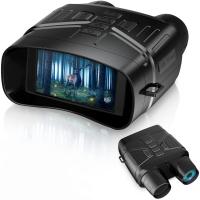
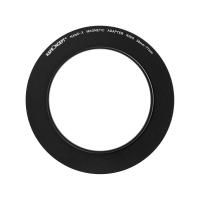
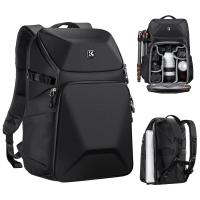



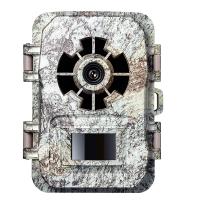


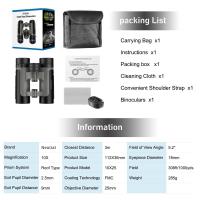
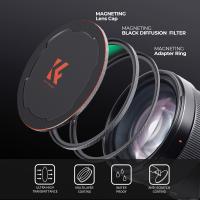

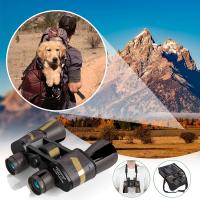

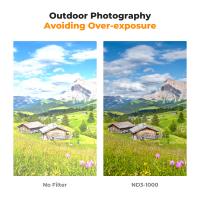


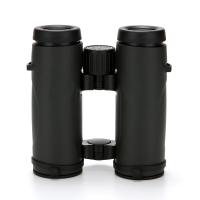
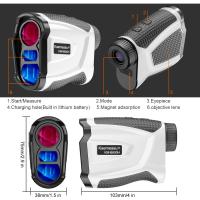
There are no comments for this blog.